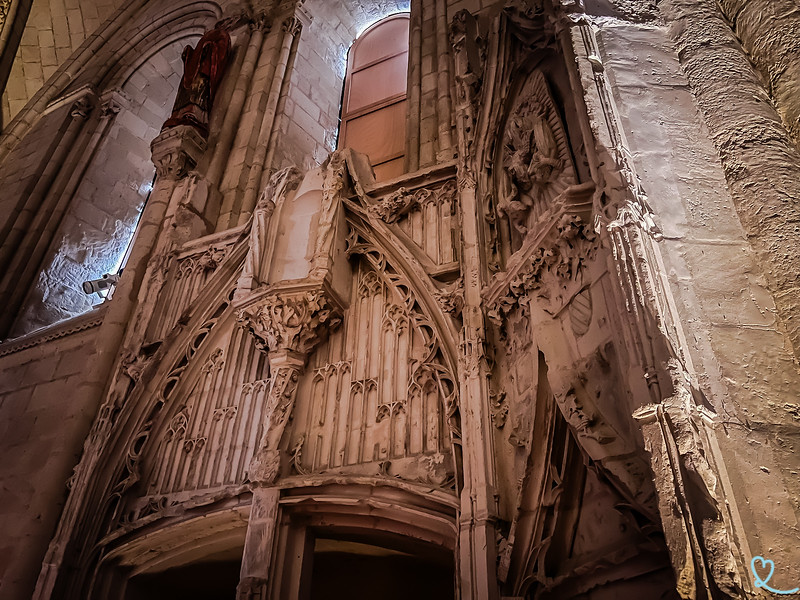Project Description

Documentary focus:
We have created a small collection of personal papers, documents, pictures, and publications of archeologist George Forsyth’s excavations.
Consideration of archival concepts and practices:
This archive promotes access to non-digitized materials.
Many of the resources we wanted to use were undigitized and would have required a lot of time to be able to use them.
Criteria for record selection:
It was difficult to find digitized items at first. We later found the Bentley image bank and published books containing useful resources. This is where all of our resources came from.
Target user group:
Architecture students, people interested in church history and architecture and cultural heritage.
Local communities who may not have access to these resources in person.
Perspectives:
A focus on Forsyth’s perspective, but his journals and notes are subjective history. Locals from the site locations collaborated with the expedition staff.
Our group was originally centered on a shared interest of travelling and Europe. Our early focus was on general travel journals which we narrowed down to architectural excavations.
We finalized our focus on two married scholars and professors at the University of Michigan who travelled all over the world as archaeologists. They shared the same passion for medieval art history and after George passed away, Ilene donated all their journals and works to the Bentley Historical Library at UofM.